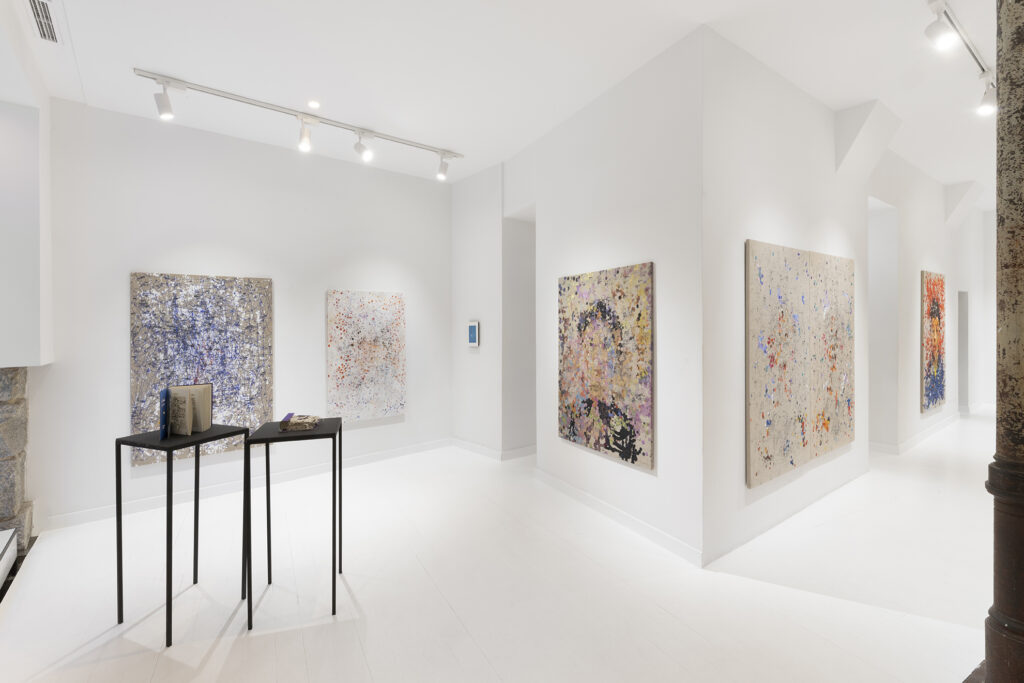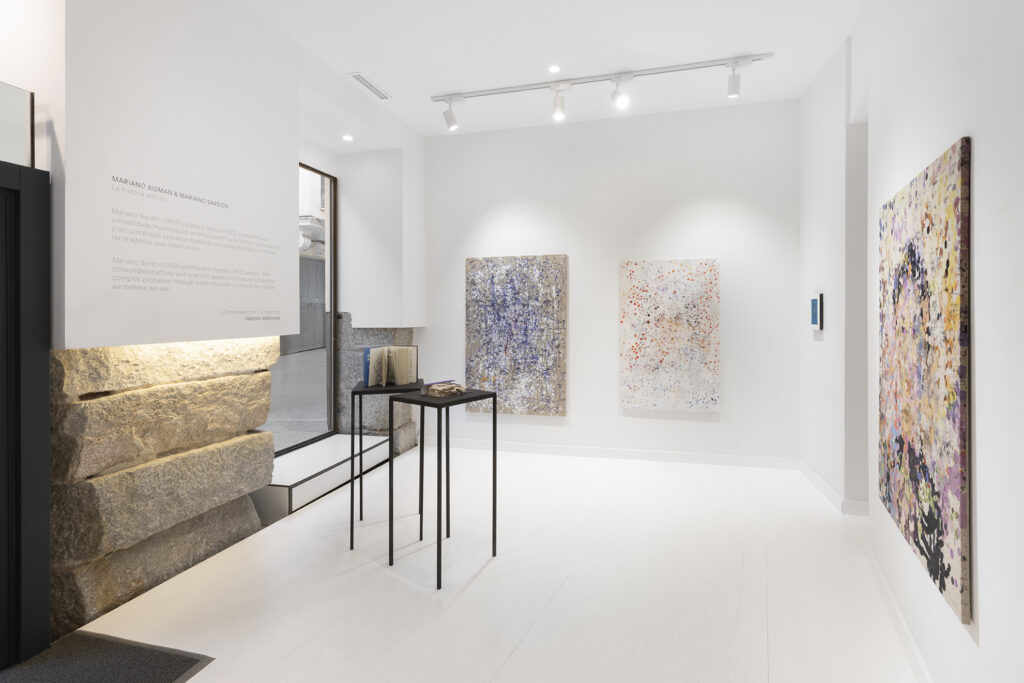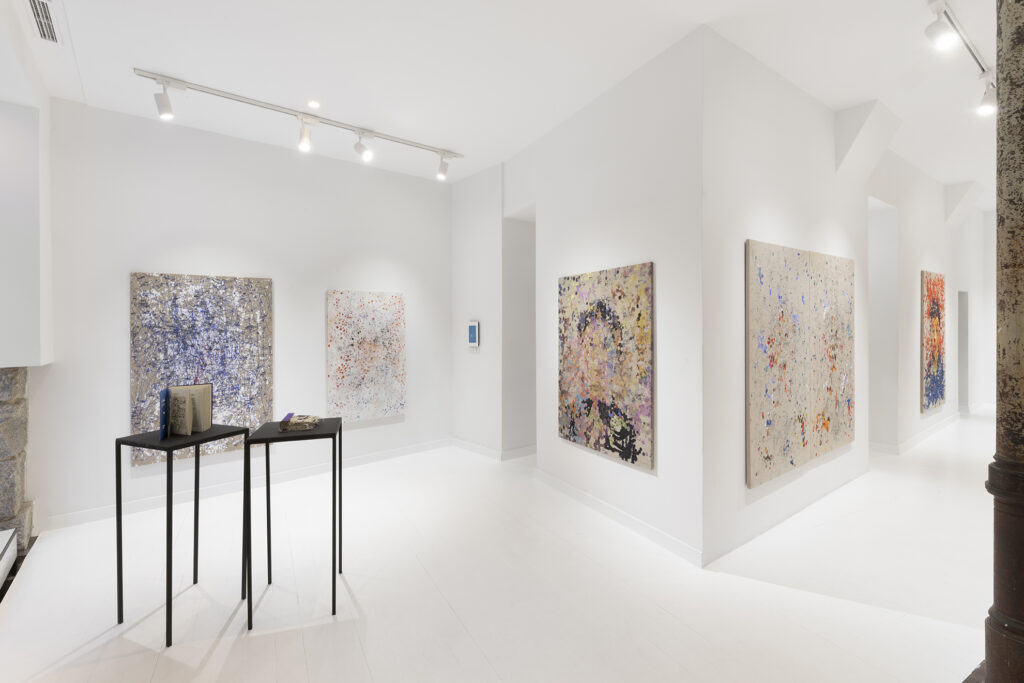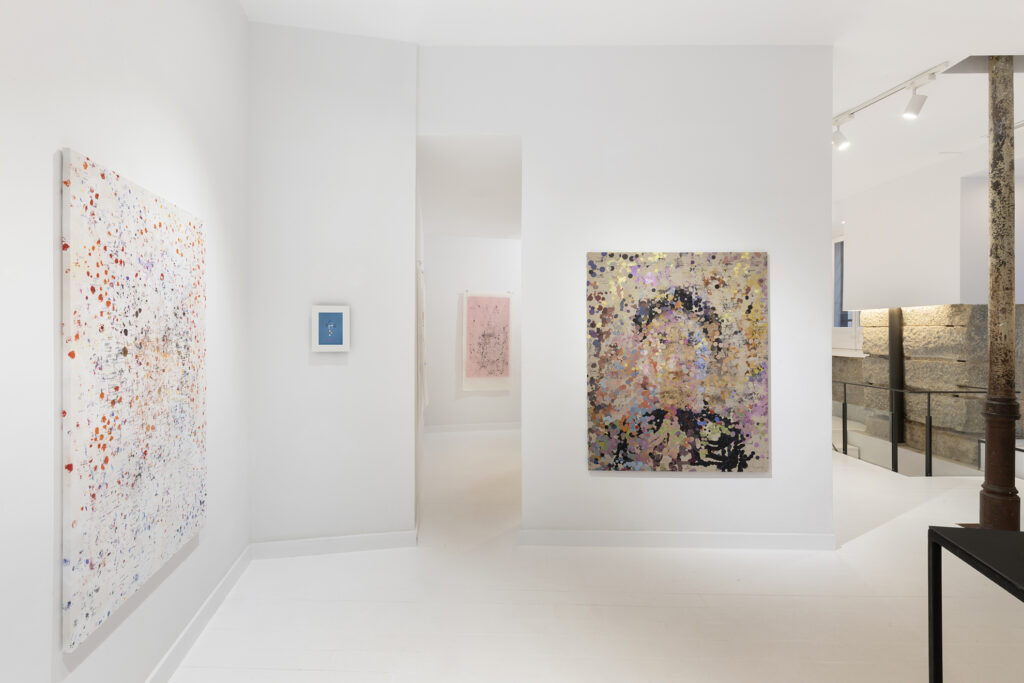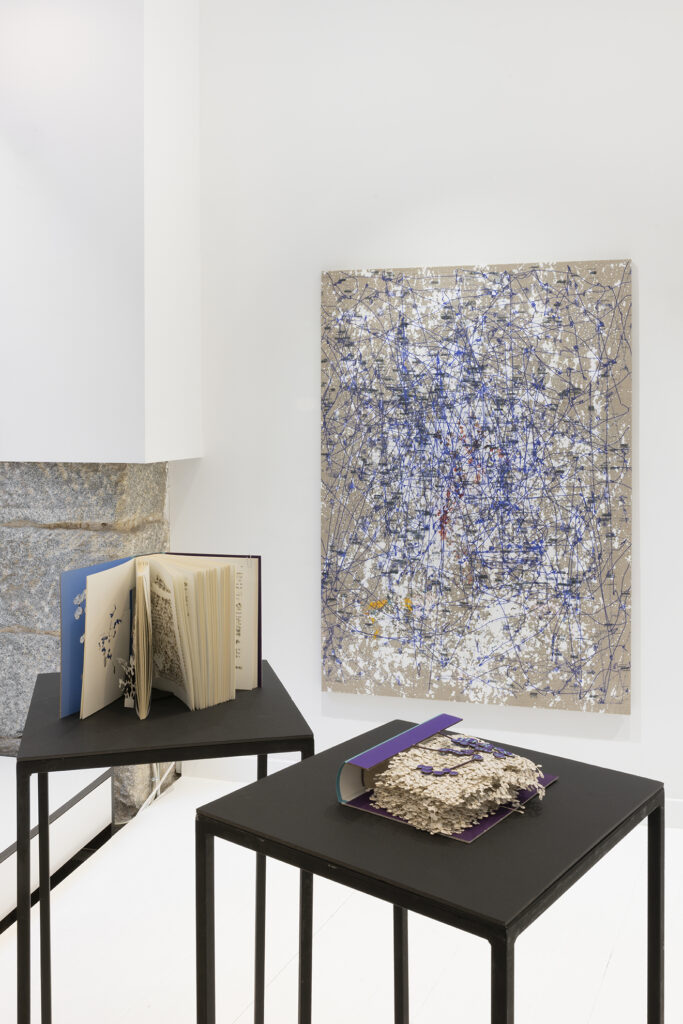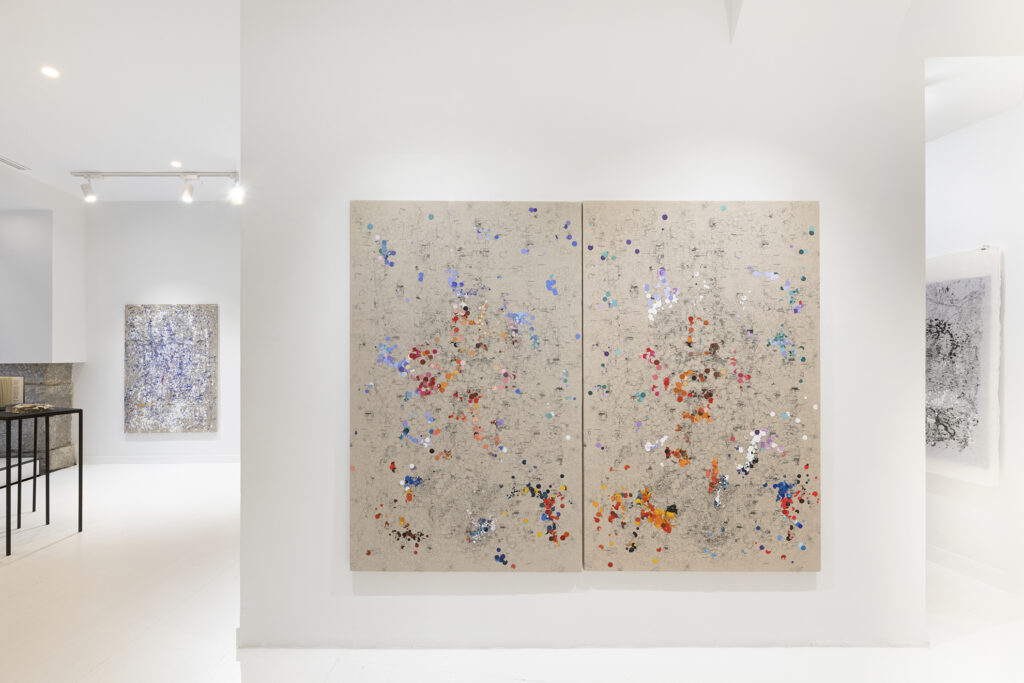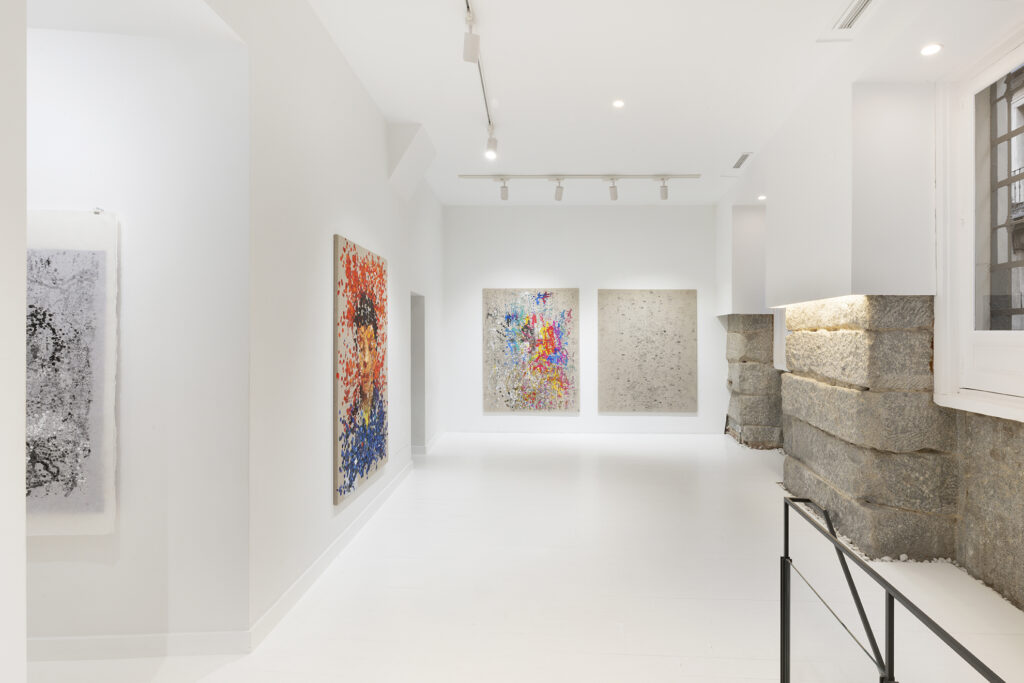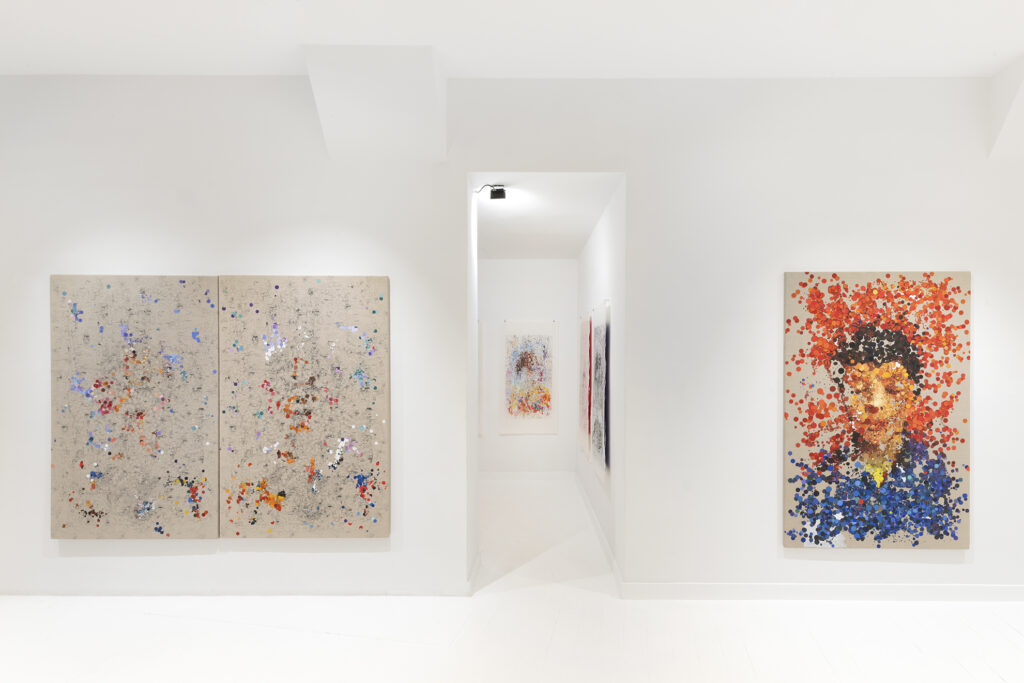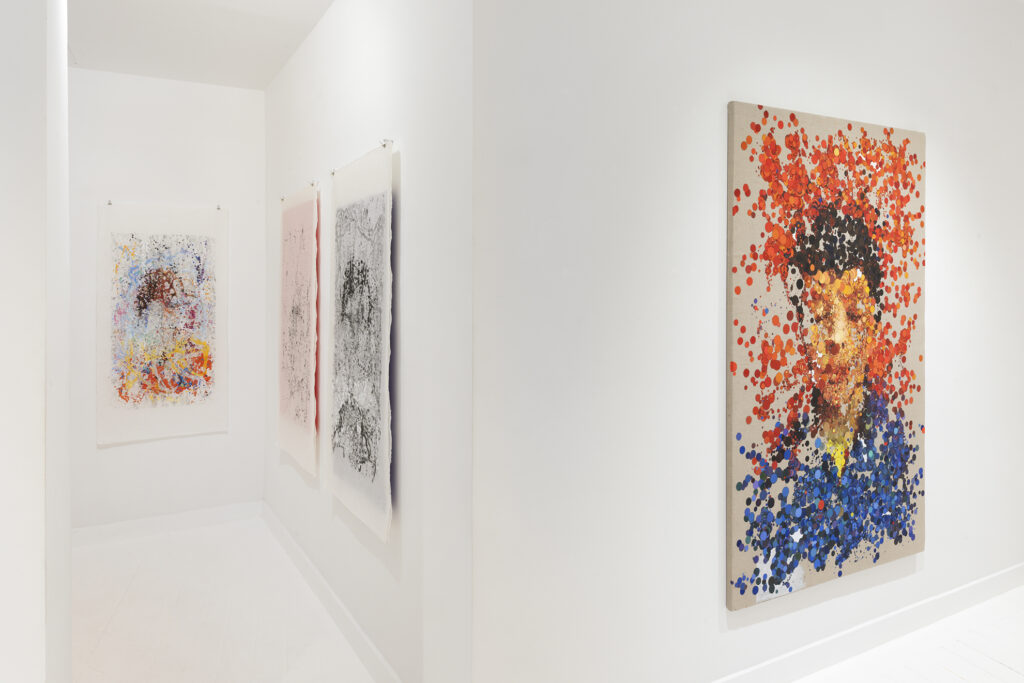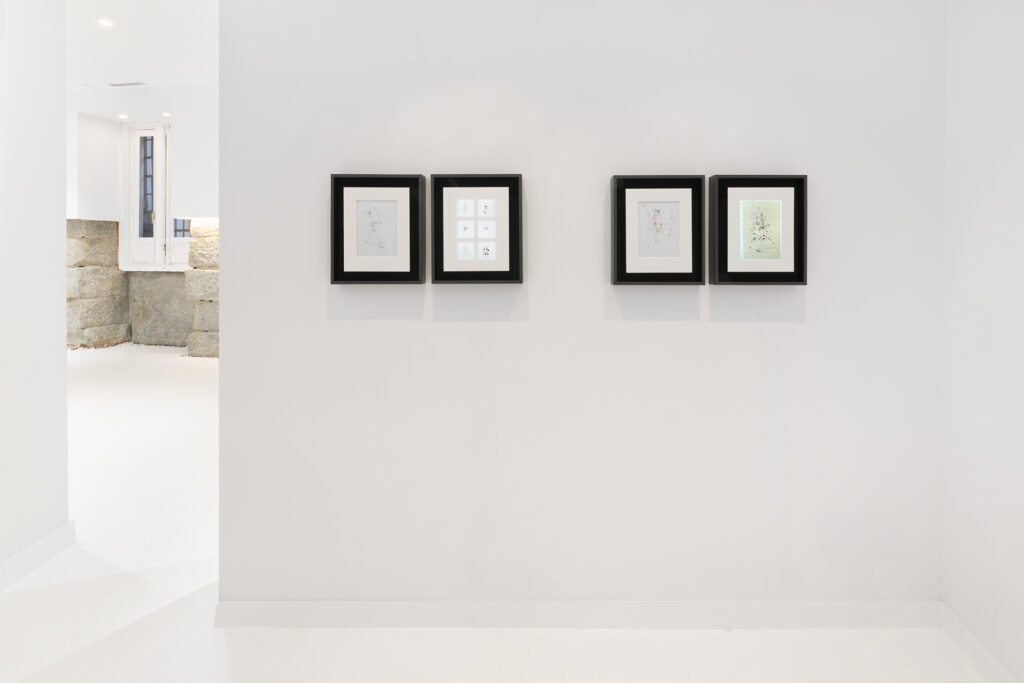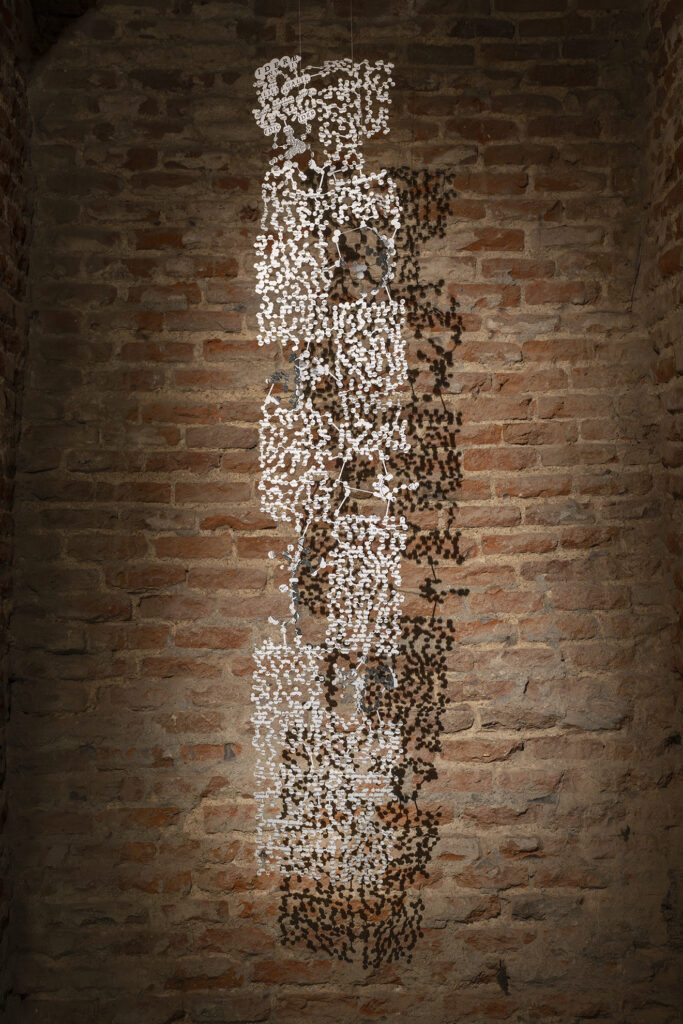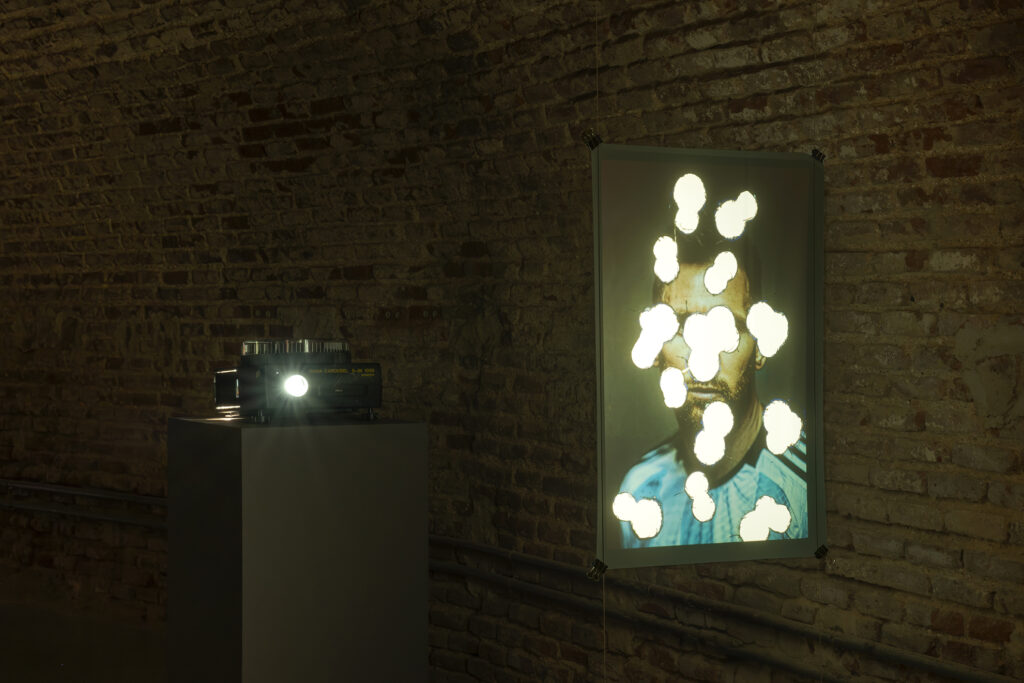The understanding that vision does not allow images to be formed all at once, that reality is not a single entity, constant and enduring, that our eye/brain mind processes data originating from the impact of light reflected on the retina, and that this constant processing of data becomes the representation of a narrative we call image, which we call reality, is nothing new.
Mariano Sigman (Buenos Aires, Argentina, 1972) and Mariano Sardón (Bahía Blanca, Argentina, 1968), Neuroscience and Art, academic researchers, have joined forces to unravel the way we construct the images which we consider to be reality. They are observers and recorders of the complex process by which our brain transforms light impulses into interpretable data and how memory acts in the retention of latent images.
Both have written algorithms that analyze the time and position where our gaze pauses and the time we spend looking at details that interest us, as well as the color composition we assign to each piece of data captured by our retinas, all of which is converted into data. They have also formulated the algorithms that sort and distribute the data on a flat surface (canvas, paper, etc.) or on a sensor that allows a digital image to be constructed, composed of the formal representation of this data.
Sigman and Sardón have been working together for decades, analyzing how we generate the images we classify as real. How and what they are made of.
To questions about what form the information recorded by the eyes takes, or rather, how we organize the data that allows us to construct shapes, how we establish limits and contours with which to distinguish where a shape begins and where it ends, its
limits, its contours. Where we define objects, people, how we distinguish them and establish them as real, they respond with the application of data on canvases and monitors. Objects change their contours, their definition, the transparency, intensity, saturation, and contrast of color, and the movement of the eyes determines a continuous dance that offers us the echo and trace of the mental formation of objects, the images of things the operation of our perception generates.
We do not see with the eye the emotional and visual memories necessary to maintain latent images that allow us to believe that images have continuity. The speed at which the retina-brain system captures images (30 images per second) and the cinematic workings of the eye, its movements and trajectory, which the eye’s expressiveness suggests, is the field where these artists observe the operations of the eye, recording its position at a speed of 2,000 data points per second. This recording speed allows them to know the history of each glance. This means being able to follow the history of the eye through the 2,000 micro-fractions per second that are obtained as data at the same time that our mind is capable of processing the 30 images per second offered by the retina. The observation of the vitality of the eye, its movements, its dynamism in the infra-time that occurs between each of these 30 retinal impulses that make up a second of our vision generates a vast field of data with which to compose the landscapes from which the images selected by these neuroscientist-artists emerge to offer us these liberating planes that make up their paintings. Each of their paintings, drawings, and videos, in addition to their intrinsic beauty, allows us to understand the impermanence of reality, the dizzying succession of data that make up the images to which we attribute qualities such as solidity, permanence, and eternity.
For the process generated by the eye of capturing the data (movement, speed, permanence, color), translating it into graphics, or defining the color fields in which to insert the recorded data, the artists have formed a workshop with a large team of collaborators. In the exhibition space, you will find the credits of the artists, colorists, painters, programmers, capture specialists, operators, photographers, and people who have offered to have their sight analyzed and recorded during the process of seeing.
The history of the eye takes place in the representation of space/time generated by the thousands of data points obtained by recording the movement of the eye as it produces the 30 images per second that we call “Vision.”
Sardón and Sigman have turned their eyes and their sight toward the process of forming mental images. They have broken down the process into multiple instants, observing it as one might analyze the movements of butterflies. They have captured the infinite transformations that occur in the universe of data required by our visual process. Their paintings pay attention to wherever the data sequences establish patterns of interest, mystery, and beauty. Their classical training allows them to master the machines that record and reconstruct eye movements and the pausing of sight on points of interest, and to establish invented equivalents of the colors formulated by the mind—in short, the simulation of reality that constitutes human vision.
Each piece of their work is a landscape of data organized according to artistic criteria, among which subjective beauty plays a decisive role.
Valentín Vallhonrat
Curator
